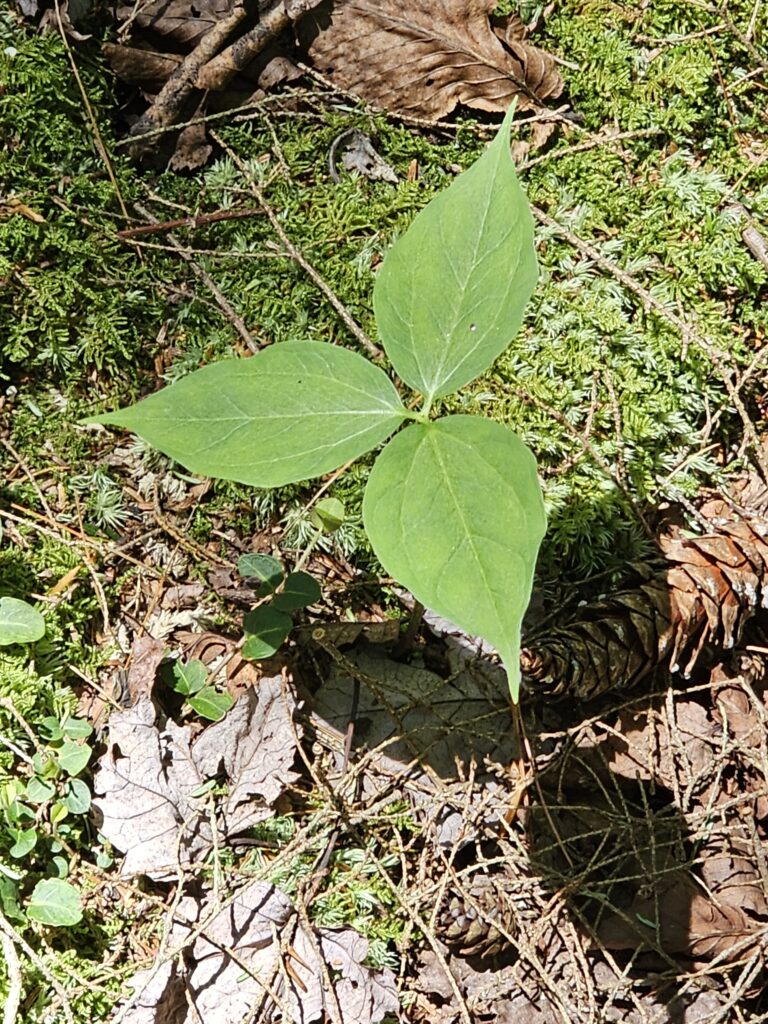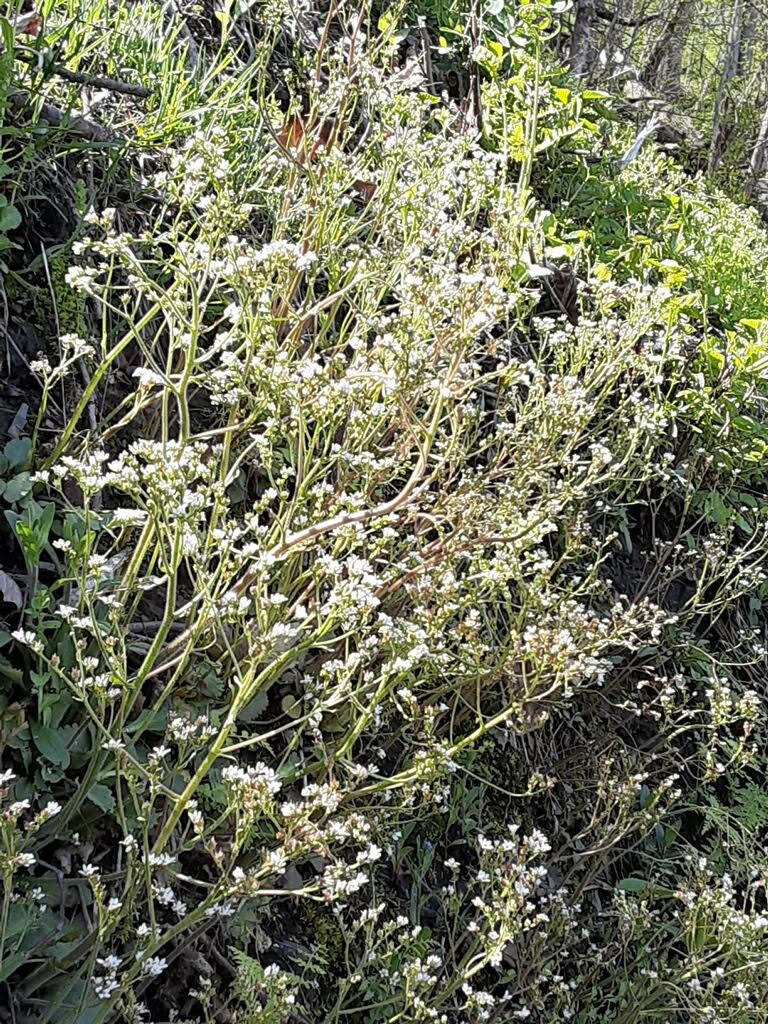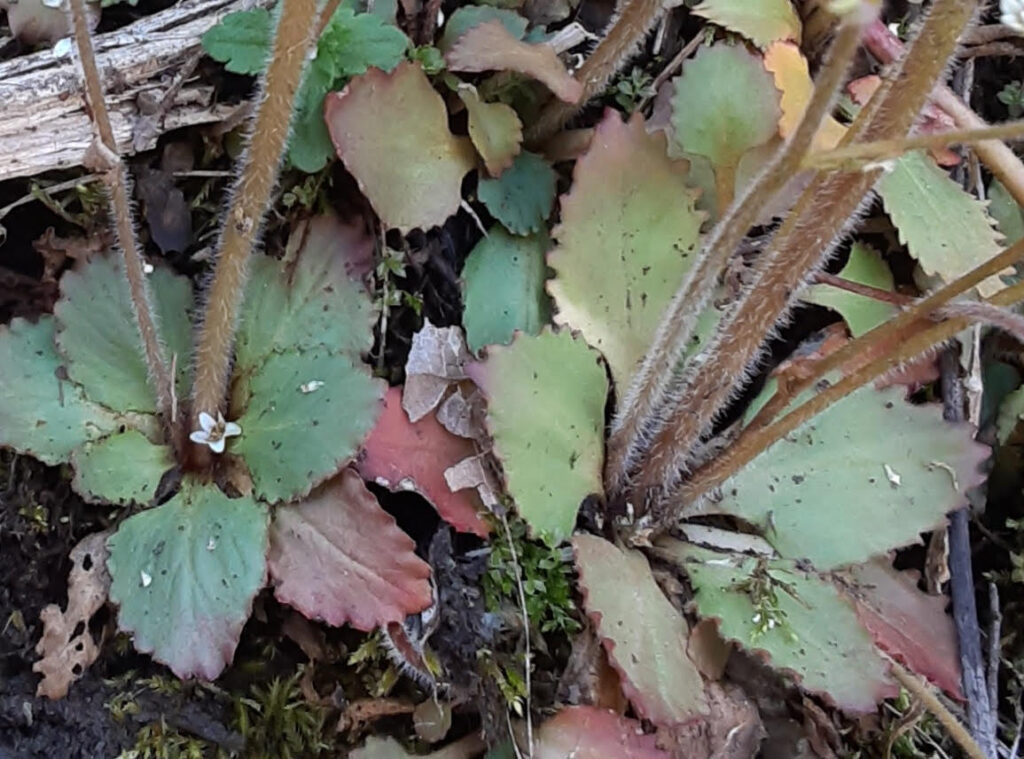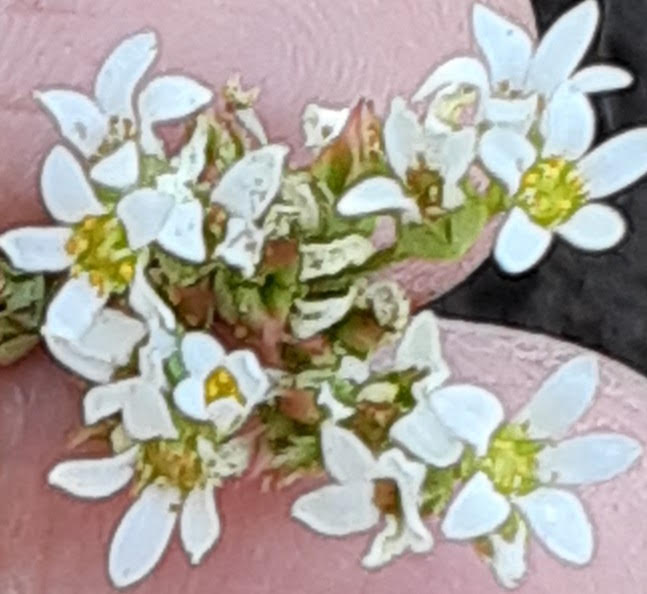The picturesque, 21-acre ‘Richards’ conservation easement in Sullivan County helps conserve the health of the Loyalsock Creek and the scenic views from the popular Loyalsock Trail.
Conserving the land around the Loyalsock Creek is important because it helps maintain the health of the creek and the surrounding environment. By conserving the trees, plants, and natural habitats along the creek banks, we can prevent soil erosion, filter pollutants, and maintain clean water for drinking and recreation.
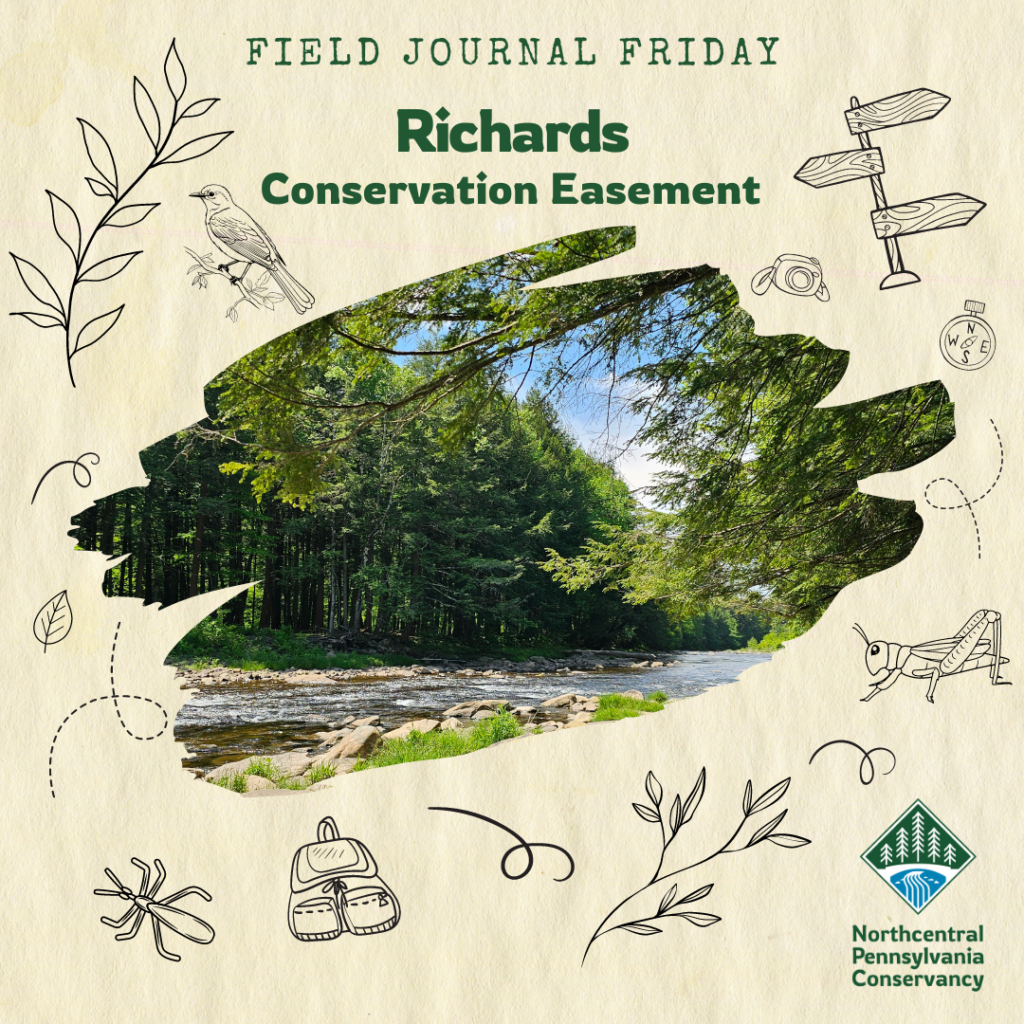
Here’s a look at some of the plant life that Sara came across during her annual monitoring visit at the Richards conservation easement.
Observation #1: Clubmoss
There are over 400 species of clubmoss. Clubmoss is commonly found in moist, shaded areas throughout Pennsylvania’s forests and woodlands. These small, evergreen plants are known for their branching stems and tiny, scale-like leaves. Despite their name, clubmosses are not true mosses but belong to a group of primitive plants called Lycophytes.
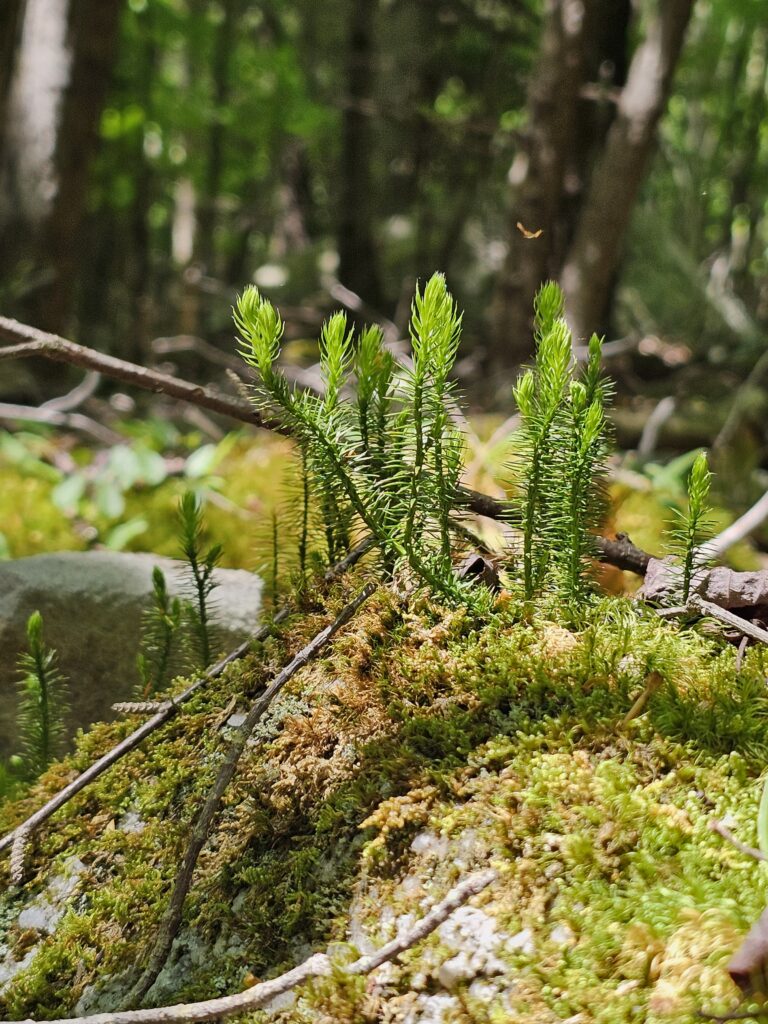
Observation #2: False Helebore
Here’s a native perennial that you’ll want to be aware of on the trails, as its toxic to humans and animals if ingested! False hellebore is easily identified by the heavy parallel veins on the leaves and can grow up to 7’ tall. False hellebore is common in Pennsylvania wetlands and blooms in the summer.
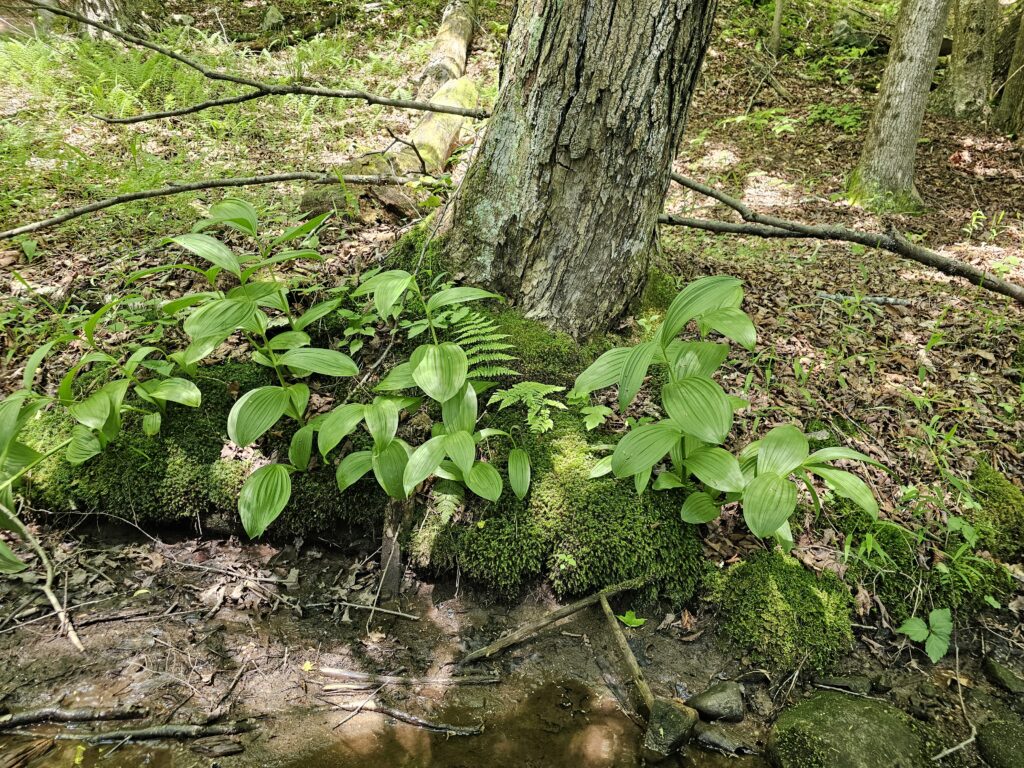
Observation #3: Heartleaf Foamflower
Heartleaf foamflower, also known as Tiarella cordifolia, is a charming native plant found in Pennsylvania’s woodlands and shady areas. This low-growing, native perennial adds a touch of beauty to forest flowers with its heart-shaped leaves and clusters of delicate, white or pink blossoms. The finely textured, tiny flowers resemble foam, making it easy to remember its common name.
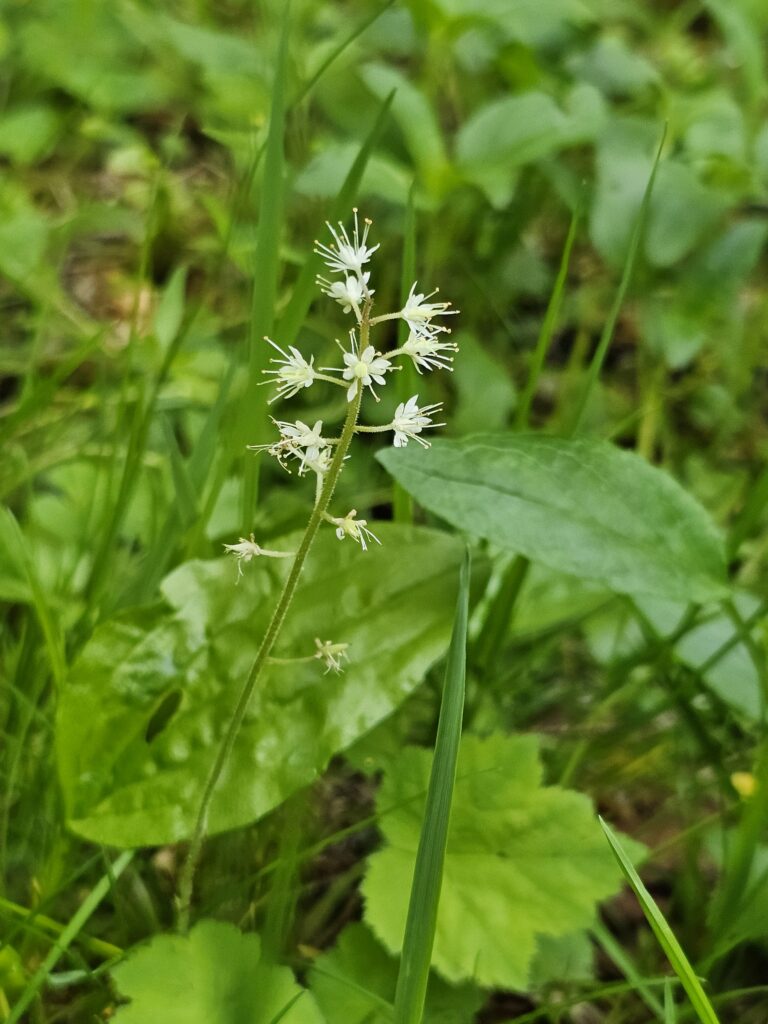
Observation #4: Mountain Wood Sorrel
Mountain Wood Sorrel, also known as Oxalis montana, is a dainty, native wildflower to Pennsylvania’s mountainous regions. It’s easily recognized by its trifoliate leaves, which resemble shamrocks, that fold down at night or during dry conditions to help conserve moisture. It’s delicate white and pink flowers are also popular amongst pollinators.

Observation #5: Trillium
The trillium here is not in bloom, as their blooming season has ended. It is still important to note their appearance, to not disturb this sensitive, slow growing, native plant.
